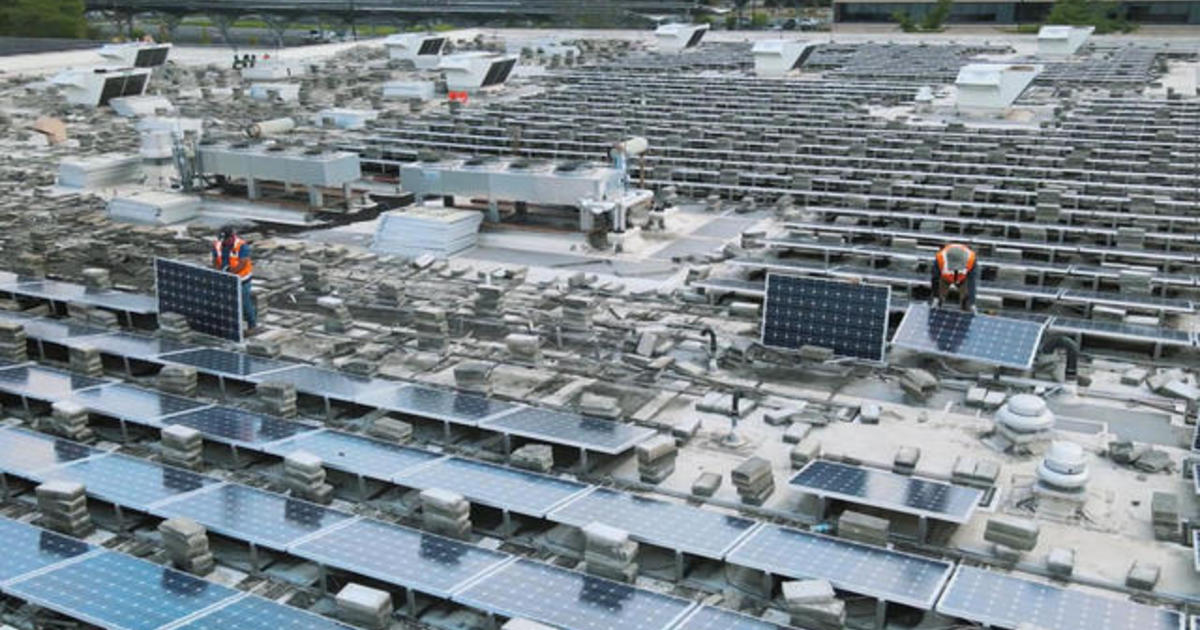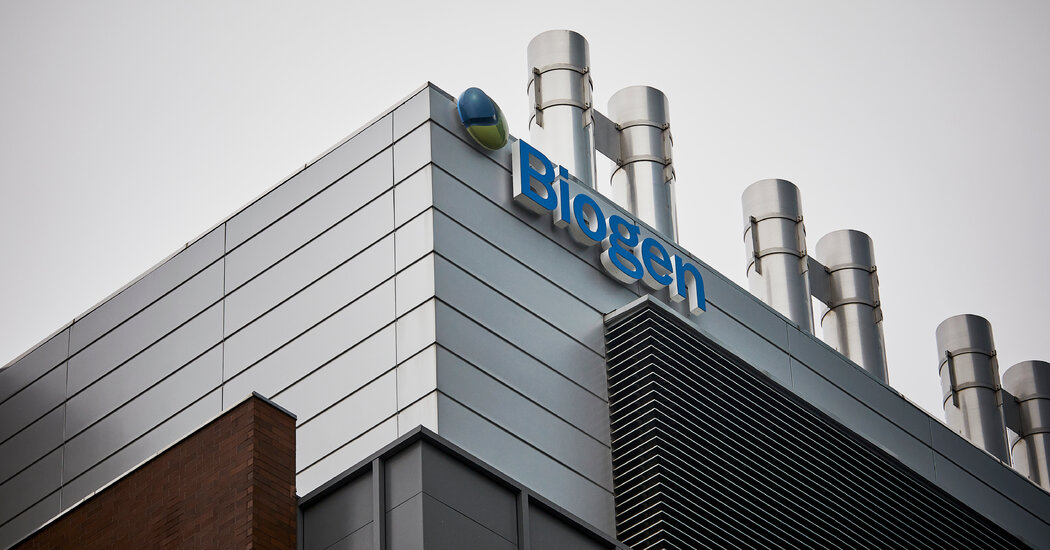Defibrillators Can Save a Life, but Almost Nobody Has One at Home
On the evening of Jan. 15, 2021, in a remote Arizona desert town, Christine Benton saved a life.
She and her husband, Brian Benton, were traveling the country in a recreational vehicle and had parked near other R.V.ers at a winery in Willcox. As the couple were eating dinner, someone started shouting from an R.V. behind them. A woman had collapsed and was in cardiac arrest. She had no pulse. Frantic, her husband called 911 while two other people started cardiopulmonary resuscitation.
“She looked like she was gone,” said Ms. Benton, a retired paramedic firefighter.
But Ms. Benton had made a consequential decision before she and her husband started out: She had bought a personal automated external defibrillator, or A.E.D., which can shock a person’s heart back to life if it suddenly stops beating. Her plan was to to keep it with her, just in case. It was expensive, it was highly unlikely she would ever use it and her husband was hesitant. But she was adamant.
“If I were ever in a situation where I could save a life and I didn’t have an A.E.D., I could never live with myself,” she told her husband at the time.
As a firefighter, Ms. Benton had been trained to use a defibrillator. She knew that if someone’s heart stopped, a rescuer should start CPR immediately, pushing hard and rhythmically on the chest, while another rescuer went to get an A.E.D. As soon as that second rescuer returned, the A.E.D. should be used.
And Ms. Benton knew that A.E.D.s were easy to use, even for someone with no training. The device speaks to rescuers and tells them how to proceed.
But even though all states have laws requiring that A.E.D.s be available in public places, Ms. Benton worried that if someone had a cardiac arrest in a place where the nearest A.E.D. was miles away, the person might die — minutes count when reviving someone in cardiac arrest. For every one-minute delay in resuscitation, the likelihood of survival falls by up to 10 percent.
For Ms. Benton, the decision to buy an A.E.D. made perfect sense. I also ordered one for myself after reporting on the football player Damar Hamlin’s on-field cardiac arrest. When it arrives I am going to tell my neighborhood’s Google group that I have it.
But emergency medicine specialists are divided on whether it makes sense for anyone to buy one.
They know that A.E.D.s in public places like airports, where thousands of people pass by every day, can make a difference and they urge people to use them if they see someone who needs help. In the U.S., 85 to 90 percent of people who have sudden cardiac arrests do not survive and many cannot be revived, often because resuscitation attempts start too late.
But the situation is different in the home.
For one, there is the expense — the devices often cost more than $1,000, making them far less affordable to the average person than home medical devices like a blood pressure monitor or a pulse oximeter. While there are efforts to develop cheaper A.E.D.s, they are still underway, according to Monica Sales, a spokeswoman for the American Heart Association.
The price is not the only thing that gives some specialists pause. The odds are so stacked against a dramatic save that it has proved impossible to show that personal A.E.D.’s make a difference.
An estimated 1,000 people a day in the U.S. have sudden cardiac arrests, in which the heart stops beating and the person is technically dead. But that represents a minuscule portion of the American population.
Even people at high risk of a sudden cardiac arrest were not helped by home A.E.D.s, a large study showed. It involved 7,001 people who had previously had heart attacks and who were randomly assigned to receive an A.E.D. or to be in a control group.
Despite the huge number of study participants, very few had cardiac arrests and, even when they did, the arrests often did not occur at home or were not witnessed. In the end, just eight people in each group were resuscitated at home. The authors concluded that even if the study’s size were doubled, there would be too few events to detect an effect of home A.E.D.s.
But think of an A.E.D. like a fire extinguisher, said Dr. Benjamin Abella, an emergency medicine specialist at the University of Pennsylvania. You might never use it, but having one might one day save a life.
“I think it’s a terrific idea” to own one, Dr. Abella said. He recently ordered an A.E.D. for himself.
For the same reason, the American Heart Association supports anyone who wants to get an A.E.D., said Dr. Comilla Sasson, a vice president at the American Heart Association and an emergency medicine physician in Denver.
“If we could just reduce the stigma around, ‘Hey, I can’t do this because I’m not a medical professional,’” she said. “And you don’t need to have CPR certification to use an A.E.D.”
But Dr. Sumeet S. Chugh, director of the Center for Cardiac Arrest Prevention at Cedars Sinai in Los Angeles, has his doubts.
“I don’t think we have the data to support widespread prophylactic purchases of A.E.D.s even if you can afford it,” he said. And, he added, many who go into cardiac arrest do not have a shockable condition. One example is asystole, a flat line on the heart monitor indicating there is no electrical activity in the heart. An A.E.D. cannot revive people with unshockable rhythms. Other patients are not discovered in time for their heart to be shocked back to life.
That was the situation that Mary Newman found herself in. Ms. Newman, co-founder of the Sudden Cardiac Arrest Foundation, which promotes awareness of cardiac arrest and has a support group for survivors, has an A.E.D. But when her mother collapsed in the bathroom during a family vacation, no one realized she was missing. By the time the family found her, it was too late to save her.
Yet there are rare examples of people who did save a life with a personal A.E.D.
One involved Esley Thorton, Jr. of Bismarck, N.D.
At about 8 a.m. on Nov. 25, 2019, Mr. Thornton sank into his favorite chair, inexplicably tired.
A few minutes later his wife, Melinda, heard an odd noise and came running into the room. “His body was contorted,” she said. “He was gasping for air.”
Then he stopped breathing. His heart had stopped.
Ms. Thornton screamed for her son Rhannon, who called 911 and grabbed an A.E.D. that another son, who works for the A.E.D. maker Stryker, had given his parents as a gift two years earlier.
Rhannon put the device’s pads on his father’s chest. It said, “No pulse, administer shock,” Ms. Thornton recalled.
He pressed a button.
“Shock administered,” the device said.
“We heard him take a deep breath,” Ms. Thornton said. Her husband’s heart was beating again.
An ambulance came eight minutes after the 911 call — long enough that without Rhannon’s help, Mr. Thornton might have died or had serious brain damage.
One of the paramedics was astonished, telling the family that he had been a paramedic for 22 years but had never before seen a personal A.E.D. used in a patient’s home.
In Ms. Benton’s case, the woman whose heart had stopped began breathing again less than 20 seconds after Ms. Benton shocked her heart with the A.E.D.
Without the A.E.D., the woman, Karen Schluter, would have died — CPR alone would not have been sufficient in that remote location where it took about half an hour for an ambulance to arrive.
Yet no one would have predicted that Ms. Schluter was at risk. She was 52 and athletic — an avid bicyclist.
Now Ms. Benton and Ms. Schluter are good friends. Ms. Schluter has purchased an A.E.D. and so have others whose R.V.s were parked there that evening.
When the Bentons returned to their R.V. after their A.E.D. saved Ms. Schluter’s life, Mr. Benton looked at his wife and said, “I am sure glad you didn’t listen to me about buying that A.E.D.”


